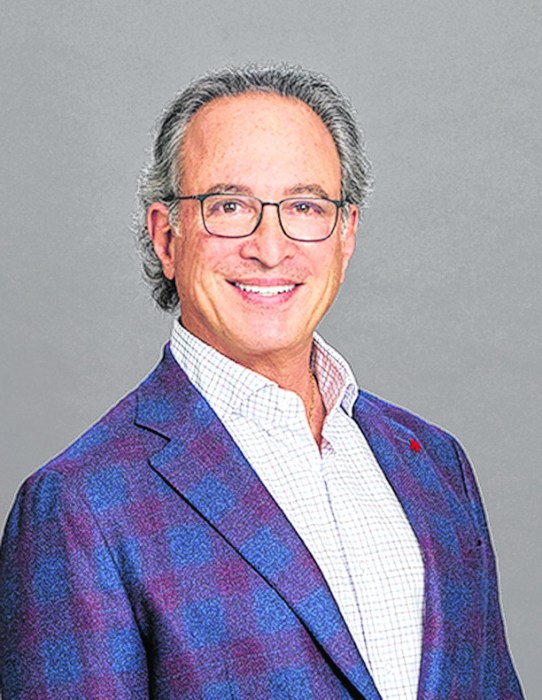I will use this space to be both a bit of a film critic and an educational advocate. I had the opportunity to view Beyond Measure at the Jeanne Rimsky Theater at the Landmark on Main Street. Fittingly, this movie about a struggle to find an instructional change was aired at a recycled school building. While possibly being perceived as a promotional piece for the opt-out movement, it was also an exploration of ways to improve learning.
In some ways the movie explored what, for some in this audience, seemed to be some radical changes in delivering instruction—project-based and student-centered instruction. In fact, the methods are not that new. They had been tried in neighboring districts in varying forms over the years, some even here in Port Washington.
That brought home the key message for me. It is still about the people delivering the instruction, not the structure for delivering it. Research shows the single most important factor in creating a successful student outcome is the teacher. The teacher makes the connection with the student. Some structures, like student centered instruction, can be helpful in creating those opportunities, but the teacher must be able to take advantage of that opportunity.
Improving educational experiences for children (and their parents) is both complicated and simple. There are many who believe the system does work and no change is needed, certainly not the dramatic changes (different assessment measures, student directed learning) presented in the movie. (The changes are so simple, yet so profound, some members of the audience reacted with, ‘that’s nice, but it can’t be done here, they had special circumstances.’) The beauty of one of the benefits of the charter school movement is that it demonstrates that many different approaches to education can be successful. It might take hard work, but it can be successful.
The charter school movement also illustrates that one of the keys to improving educational experiences can be individualizing instruction. Each child is different. Connecting with the child will improve her/his school experience. The school institutional culture needs to change to allow this to happen. Teachers, for whom this aspect doesn’t come naturally, must receive support. Parents who feel threatened must be reassured.
The Main Street School, now The Landmark on Main Street, has changed. It is fitting that this movie was aired in it. It is a beginning. The discussion that started there must find a way to continue. The opportunities for a better answer for improving educational experiences of our children lie within us, not elsewhere. This is an opportunity to return influence to the local level, which is the foundation of the American educational model. When local schools fail children consistently, higher authority tries to step in, usually without any better success.
The current national focus on education is providing us an opportunity to improve children’s experiences locally. Let’s use it wisely.
—Larry Tietz


































